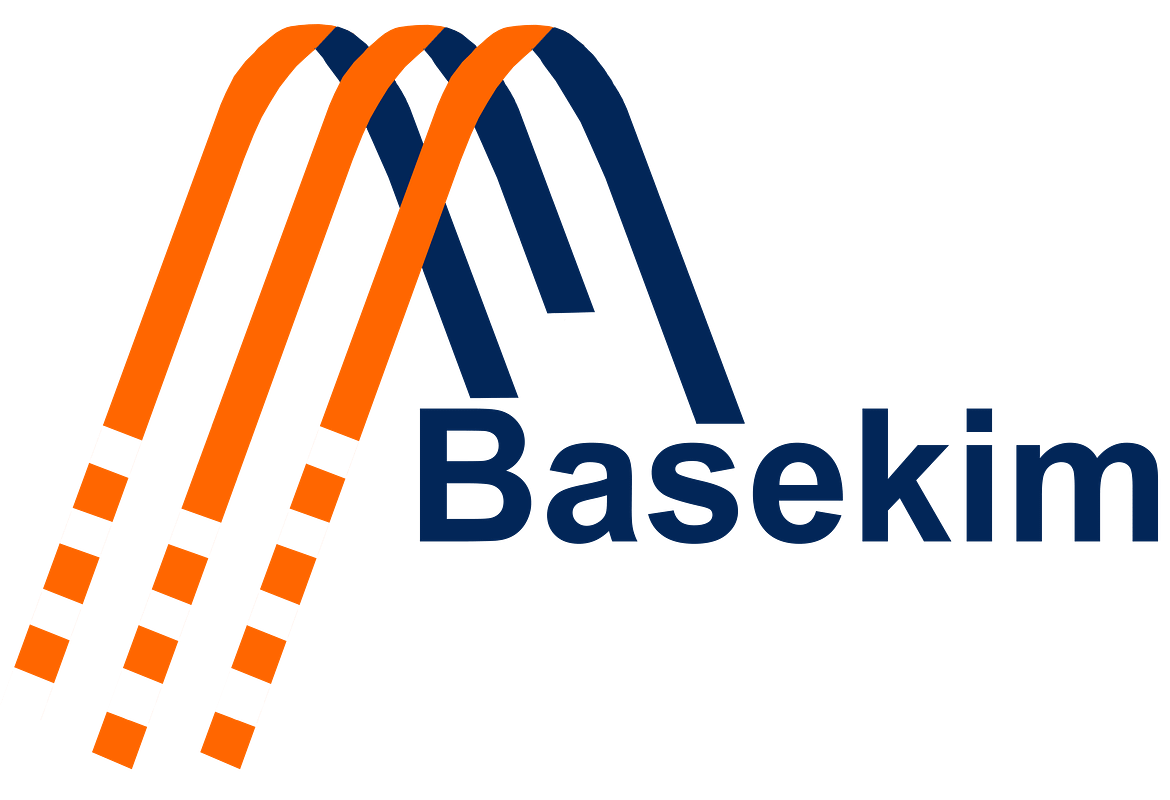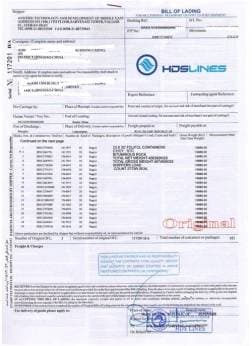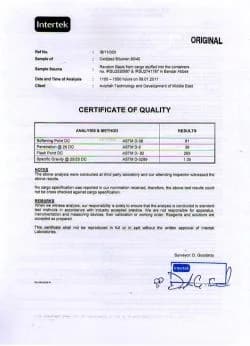Bitumen SC250 – Engineered for Deep Penetration and Maximum Bond Strength
Bitumen SC250 is a slow-curing cutback bitumen formulated for demanding road construction projects that require deep penetration into dense and compacted bases. With its heavy petroleum solvent composition, SC250 cutback bitumen evaporates at a controlled rate, allowing the binder to soak thoroughly into aggregates before setting. This feature ensures long-lasting adhesion, excellent resistance to stripping, and a stable platform for subsequent asphalt layers.
Unlike lighter grades such as SC30 or SC70, Bitumen SC250 is designed for projects where curing speed must be slower, providing extended workability and superior performance under heavy traffic and harsh environmental conditions.
Technical Profile of SC250
SC250 is classified as a slow-curing (SC) cutback bitumen under ASTM D2026 and AASHTO M82 standards. Its technical specifications make it ideal for deep priming and high-density base stabilization:
Viscosity at 60°C: Typically ranges between 2000–4000 cSt, ensuring controlled flow and penetration.
Flash Point: Minimum 40°C, providing safe handling under field conditions.
Distillation Residue: Around 55–65%, delivering a strong and durable binder after solvent evaporation.
Penetration of Residue (25°C, 100g, 5s): 80–120 dmm, confirming flexibility and bonding capacity.
Ductility of Residue (25°C): Greater than 75 cm, ensuring crack resistance under stress.
These properties allow Bitumen SC250 to balance slow curing with strong residual performance, making it reliable for infrastructure projects in diverse climates.
Performance Characteristics
Deep Penetration Ability: SC250 penetrates compact bases more effectively than lighter grades, reducing the risk of weak bonding.
Extended Workability: The slow curing rate gives contractors more time for uniform spreading, particularly in warm or humid regions.
Superior Adhesion: Prevents stripping under wet conditions and maintains structural integrity under repeated heavy loads.
Moisture Resistance: Performs exceptionally well in coastal, tropical, or high-rainfall areas where standard bitumen is vulnerable.
Durability Under Traffic: Leaves behind a robust binder capable of withstanding high traffic volumes and temperature fluctuations.
Application Scenarios
SC250 cutback bitumen is used in demanding road and industrial projects where a slower curing binder is essential:
Prime Coating for Dense Bases: Deep penetration into aggregates ensures a dust-free, stable foundation for asphalt surfacing.
Surface Dressing on High-Traffic Roads: Provides skid resistance and seals road surfaces against water ingress.
Industrial Yard Stabilization: Suitable for container terminals, ports, and mining haul roads where surface strength is critical.
Moisture-Prone Environments: Reliable in coastal zones, tropical climates, and humid regions.
Preventive Maintenance: Strengthens aging pavements before resurfacing, extending service life.
Production and Blending Process
The manufacturing of Bitumen SC250 involves strict quality controls to ensure consistent performance:
Base Bitumen Selection: Premium penetration-grade bitumen is chosen and tested for compliance with international standards.
Solvent Incorporation: Heavy petroleum distillates with low volatility are blended with heated bitumen.
Precision Mixing: Continuous agitation guarantees uniform distribution and consistent viscosity.
Laboratory Testing: Each batch is verified for viscosity, flash point, penetration, ductility, and distillation residue according to ASTM/AASHTO.
Sealed Storage: The final product is stored in airtight tanks or containers to avoid solvent loss and contamination.
Handling, Packaging, and Export Readiness
Basekim provides SC250 cutback bitumen in multiple formats to suit diverse project needs:
New Steel Drums: 185–200 kg net weight, coated for corrosion protection.
Bulk Tanker Shipments: Ideal for large-scale infrastructure projects requiring continuous supply.
IBC Containers: Convenient for smaller or specialized industrial applications.
Custom Packaging: Tailored solutions available upon request.
With a strong international logistics network, Basekim ensures safe delivery of SC250 worldwide, complete with Material Safety Data Sheets (MSDS), Certificates of Analysis (COA), and export documents.
Safety and Environmental Guidelines
Due to the presence of volatile solvents, Bitumen SC250 must be handled carefully:
Store in cool, dry, and well-ventilated areas.
Keep away from sparks, open flames, or high heat sources.
Use protective clothing, gloves, and eyewear during handling.
Follow ADR/IMO regulations for safe transport of petroleum-based products.
Manage solvent vapors responsibly to minimize environmental impact.
Frequently Asked Questions (FAQ)
Q1: Can oxidized bitumen replace SC250 in priming dense road bases?
No. Oxidized bitumen is designed for waterproofing and sealing, while Bitumen SC250 is engineered for deep penetration and base stabilization.
Q2: How does SC250 compare to oxidized bitumen in flexibility?
SC250 remains flexible after curing, while oxidized grades are harder and more rigid.
Q3: Can SC250 be blended with other binders?
Not recommended, as each binder is formulated for distinct engineering purposes.
Q4: What is the storage requirement for SC250?
It should be stored in sealed containers to prevent solvent evaporation. Proper storage ensures stability, though shelf life is shorter than non-solvent binders.
Table of Contents
Technical Specifications
| Property | Typical Value |
|---|---|
| Kinematic Viscosity @ 60°C (cSt) | 800 – 1600 |
| Flash Point (°C, Min) | 79 |
| Distillation Test Residue (%) | 55 – 70 |
| Penetration @ 25°C (dmm) | 120 – 200 |
| Solubility in Trichloroethylene (%) | 99.0 Min |
| Water Content (%) | 0.2 Max |
| Residue Ductility @ 25°C (cm) | 100 Min |


